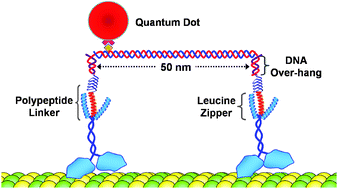Negative interference dominates collective transport of kinesin motors in the absence of load
Abstract
The collective function of motor

- This article is part of the themed collection: Physical chemistry of biomolecular motors and machines

 Please wait while we load your content...
Please wait while we load your content...